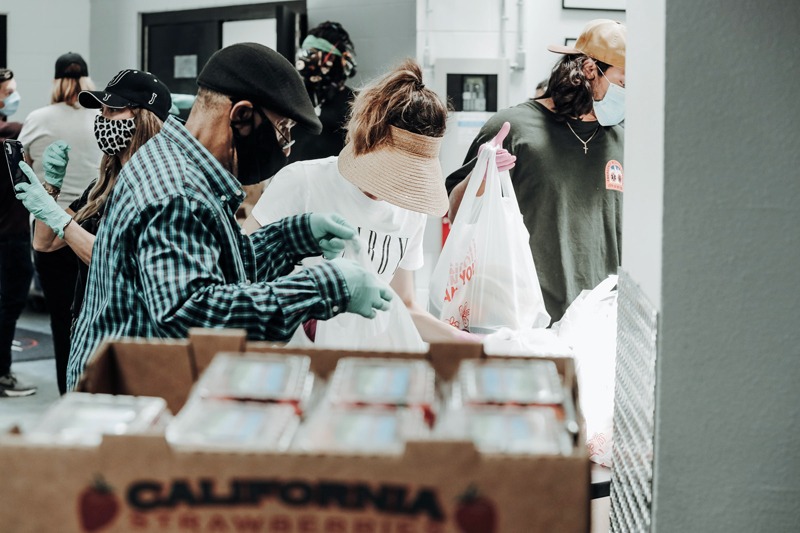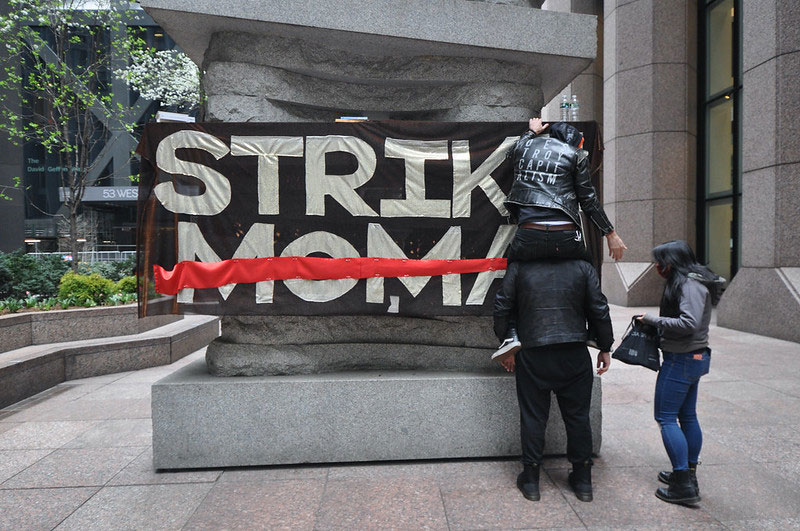April 18, 2010; New York Times | The red tape involved in New York City’s contracting procedures appear Kafkaesque to some nonprofits. Mayor Bloomberg’s administration is preparing to dismantle and overhaul its system for administering the $4 billion it awards in contracts.
Nonprofits have long complained about contracting and payment delays, huge amounts of paperwork, and inconsistent rules and procedures among city agencies. One tack the City is considering is a centralized office for dealing with competitive contracts, eliminating nonprofits’ agency-by-agency navigation.
Is there a potential downside to streamlining? A Rutgers professor, Daniel Bromberg, asks what might “be lost from a standpoint of accountability.” He might be remembering why many of these regs emerged in the 1980s under Mayor Koch—the serial scandals that enveloped contracting throughout the city. Some wonder whether centralization of contracting will lead to data-driven procedures (like the testing-focused public schools) and potentially a one-size-fits-all approach, both likely to leave some worthy nonprofits on the sidelines.
Sign up for our free newsletters
Subscribe to NPQ's newsletters to have our top stories delivered directly to your inbox.
By signing up, you agree to our privacy policy and terms of use, and to receive messages from NPQ and our partners.
A 2009 survey of members of the City’s Human Services Council [PDF] revealed that “seventy percent of the organizations rely on public funding for more than 40 percent of their operating budgets; and 44 percent of them get more than 80 percent of their funds from public sources.” Contracting inefficiency takes its toll in resources and services, and that’s what the Mayor is trying to remedy.
Because of delays in contracting and payments, the bridge loan program operated by the Mayor’s Office of Contract Services and the Fund for the City of New York has since increase its volume from 73 loans totaling $14 million in FY2007 to 127 for $21 million in FY2009.
Give the city credit for trying to reduce the burden of costly and unproductive rules, regs, and paperwork. To do it without sacrificing contractor accountability, that’s the trick.—Rick Cohen













